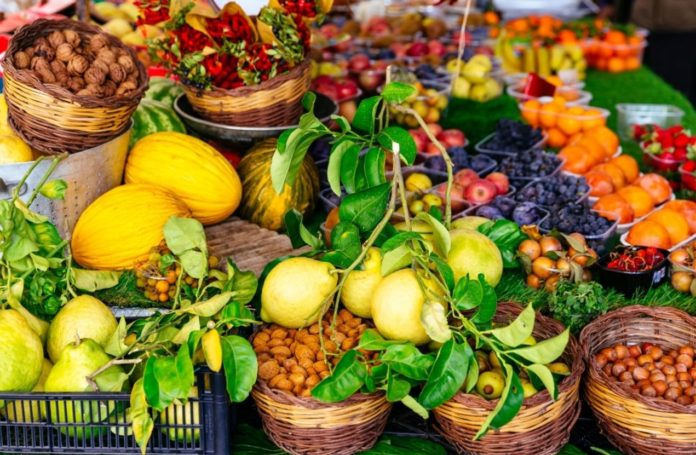Parkinson’s Disease is a progressive nervous system disorder that severely affects movement. Nearly one million people in the U.S. living with Parkinson’s, this number is only estimated to grow.
According to the Parkinson’s Foundation, more than 60,000 people are diagnosed with PD each year, and more than 10 million people worldwide are living with the disease. The disease is caused by the brain not making enough dopamine and leads to tremors, stiffness and problems with balance.
A new study published today found that people with Parkinson’s Disease who eat more flavonoids may have a lower death risk than those who don’t.
Specifically, the researchers found that when people who had already been diagnosed with Parkinson’s Disease (PD) ate more flavonoids, they had a lower chance of dying during the 34-year study period than those who did not consume as many flavonoids.
Additionally, they found that eating more flavonoids before being diagnosed with PD was associated with a lower risk of death in men, but not in women.
“Adding a few servings of flavonoid-rich foods to their diets a week could potentially be an easy way for people with PD to help improve their life expectancy,” says Xinyuan Zhang. “Greater consumption of berries and red wine, which are rich in the flavonoid anthocyanins, was particularly associated with lower mortality.”
Xiang Gao, professor of nutritional sciences at Penn State, said that while PD is not considered a fatal disease, its complications can lead to an increased risk of death, and that few studies have examined how the diet of people with PD can affect disease prognosis.
For this study, the researchers analyzed data on 599 women and 652 men who had recently been diagnosed with PD. Participants were asked how often they ate certain flavonoid-rich foods, such as tea, apples, berries, oranges and orange juice, and red wine. Flavonoid intake was then calculated by multiplying the flavonoid content of those foods by how frequently they were consumed.
After controlling for factors like age and several dietary factors like total calories consumed and overall diet quality, the researchers found that the participants in the group of the highest 25 percent of flavonoid consumers had a 70 percent greater chance of survival than the lowest group.
The people in the highest group consumed about 673 milligrams (mg) of flavonoids each day while those in the lowest group consumed about 134 mg.
The researchers also analyzed the effects of individual flavonoids. They found that those in the top 25 percent consumers of anthocyanins — found in red wine and berries — had a 66 percent greater survival rate compared to those in the lowest 25 percent. Additionally, the top 25 percent consumers of flavan-3-ols — found in apples, tea and wine — had a 69 percent greater survival rate compared to the lowest 25 percent.
Zhang said that while the study did not examine the underlying mechanisms that may cause this association, they have proposed some theories.
“Flavonoids are antioxidants, so it’s possible they could be lowering chronic neuroinflammation levels,” Zhang adds. “It’s also possible they may interact with enzyme activities and slow neuron loss and could protect against cognitive decline and depression, which are both associated with higher mortality risk.”
Many plant foods are rich in flavonoids, therefore, increasing fruits and vegetables in your diet is the easiest way to obtain them.
These 10 foods are some of the best sources of dietary flavonoids available:
Flavonoids-rich foods include Berries, Red cabbage, Onions, Kale, Parsley, Tea, Red wine, Dark chocolate, Citrus Fruits, and Soybeans.
Image Credit: Getty
You were reading: Ten foods that lower death risk for people with Parkinson’s Disease by more than 65%
